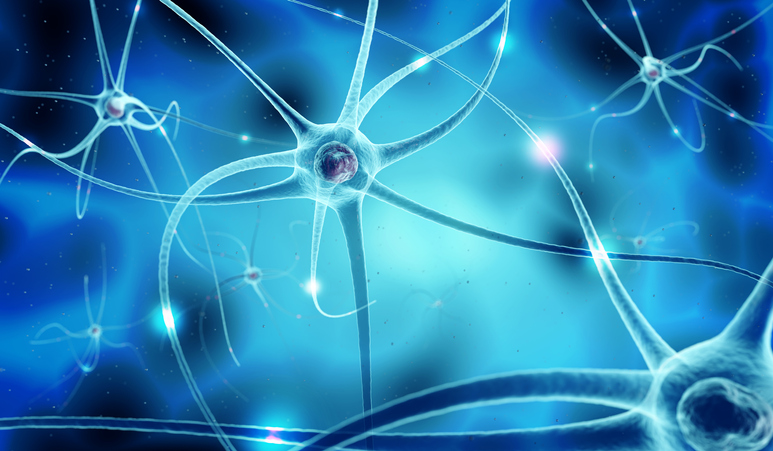Pain
Pain Theories
The specificity theory of pain is an early model of pain. It proposes that pain is transmitted from independent nerve endings in the skin to a specific part of the brain called the “pain center.”
The pattern theory of pain suggests that the nerves involved in detecting pain also detect other sensations. According to this theory, there are no specific nerve fibers or endings used just for the sensation of pain.
The specificity theory and pattern theory of pain do not suitably address chronic pain, which requires a more delicate understanding. The gate control theory of pain, building on both the specificity and pattern theories, provides a more accurate explanation of the nature of chronic pain.
The neuromatrix theory of pain is an extension of the gate control theory of pain. The neuromatrix theory proposes that patterns of nerve impulses can be triggered by a painful stimulus; however, they can also be triggered by other factors, such as chronic stress.
The biopsychosocial model of pain provides the most comprehensive explanation of the nature of pain. This theory considers the interaction of biological, psychological, and sociological factors that contribute to the experience of pain.



















